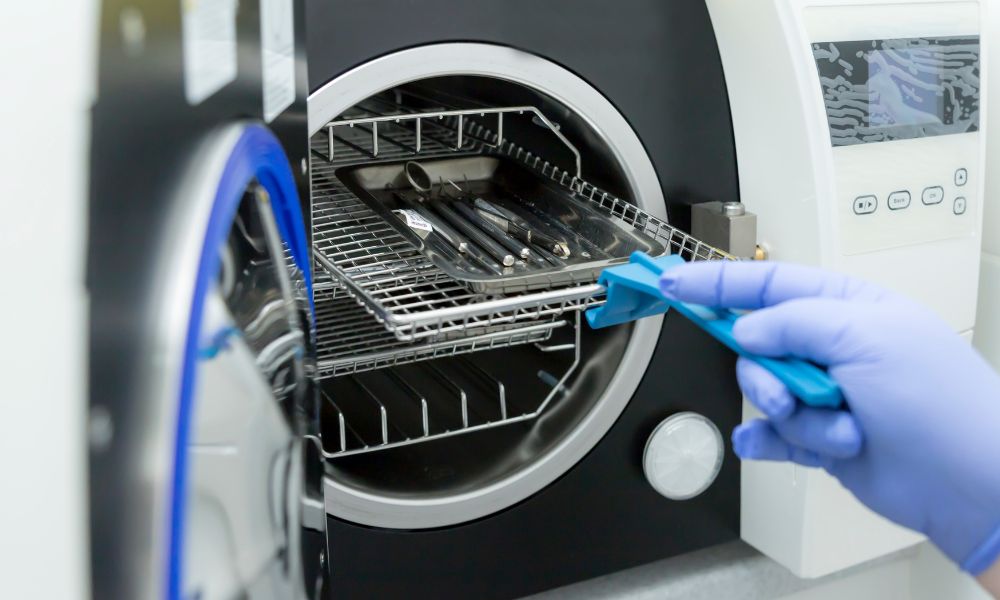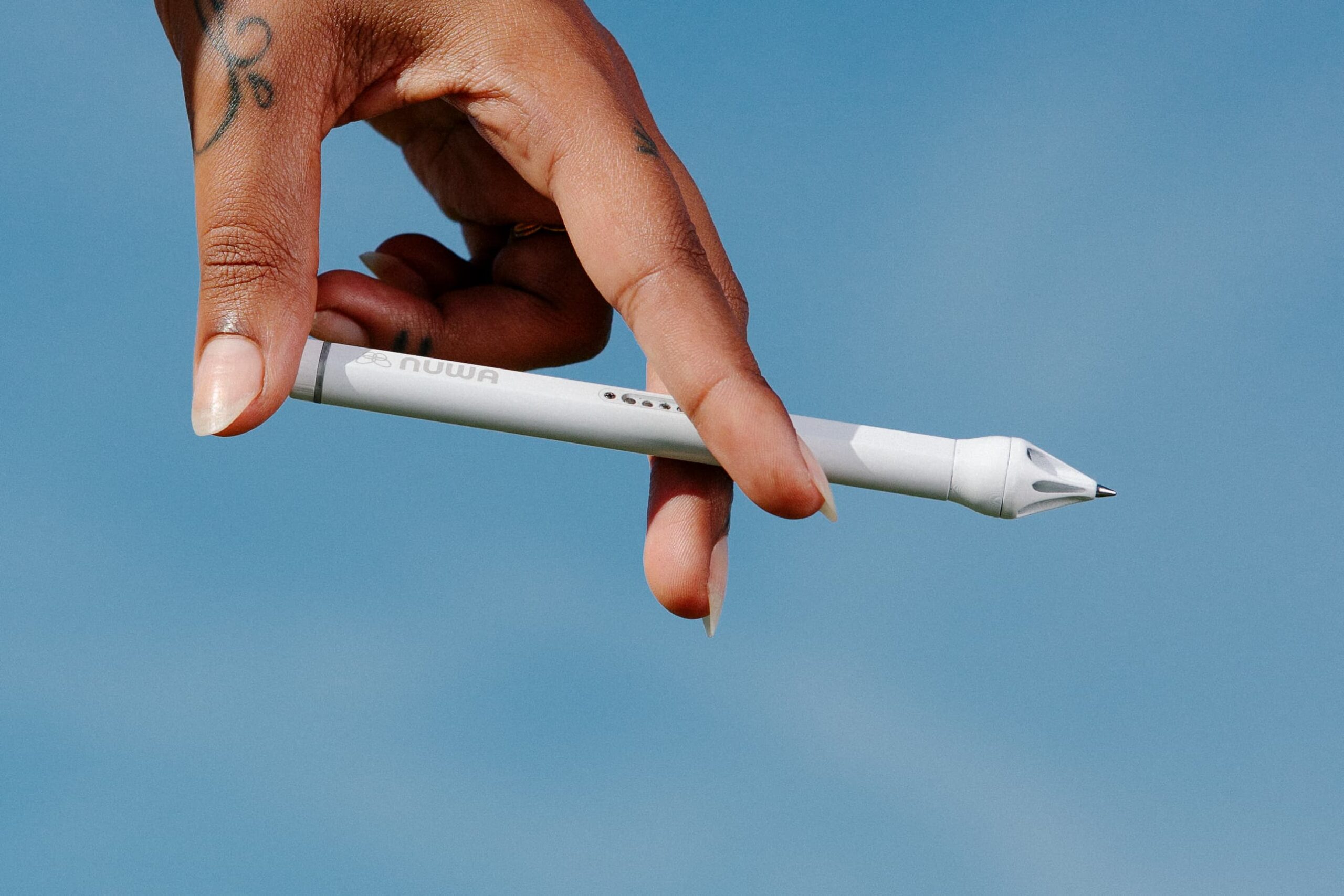Types of Plastics Used in the Medical Industry

Plastic-based medical devices are durable and help prevent the spread of dangerous diseases. Learn more about three types of plastics used in the medical industry.
Polycarbonate
Polycarbonate is frequently tested for safety, and it’s used in blood oxygenators and blood reservoirs. The plastic’s high degree of clarity makes it easy for healthcare providers to visually monitor things like blood flow. The material resists breaking, which makes it reliable for use in tubes and connectors.
Healthcare facilities need materials that are easy to sanitize. Polycarbonate devices can be steam sanitized in an autoclave, although repeated exposure to the high temperature in the autoclave will cause the material to degrade over time.
Polyvinyl Chloride
Another type of plastic regularly used in the medical industry is polyvinyl chloride (PVC), a cost-effective material. PVC is used to create non-breakable containers like blood bags and IV bags. In the past, glass containers were used to hold blood, but PVC is the modern material of choice; PVC blood bags can store red blood cells for up to 49 days.
PVC is also excellent for medical tubing, like catheters, because it’s clear and kink resistant. PVC is thermally responsive, which means that a PVC tube is rigid enough for insertion into the body but softens once inside for comfortable use and removal.
Polyethylene
High-density polyethylene (HDPE) stands up well to sterilization and resists breakage, which helps reduce the frequency of hospital-acquired infections. Manufacturers use this durable and sterile material in medical devices and sanitary packaging. Heat-sealing polyethylene creates a leak-proof barrier that protects against moisture, germs, and tampering.
HDPE is also commonly used to make implants because it’s a porous polymer and non-biodegradable in the body. This biocompatible material is used for reconstructive and cosmetic procedures. The porosity allows for soft tissue and vascular ingrowth, which is important for keeping the implant in place and reducing the chance of infection. It’s rare for a person’s body to reject an HDPE implant.
Polycarbonate, polyvinyl chloride, and polyethylene are just a few of the plastics you’ll find in medical settings. Plastic makes it possible for patients to receive efficient and safe care in everything from routine checkups to life-saving treatments.





